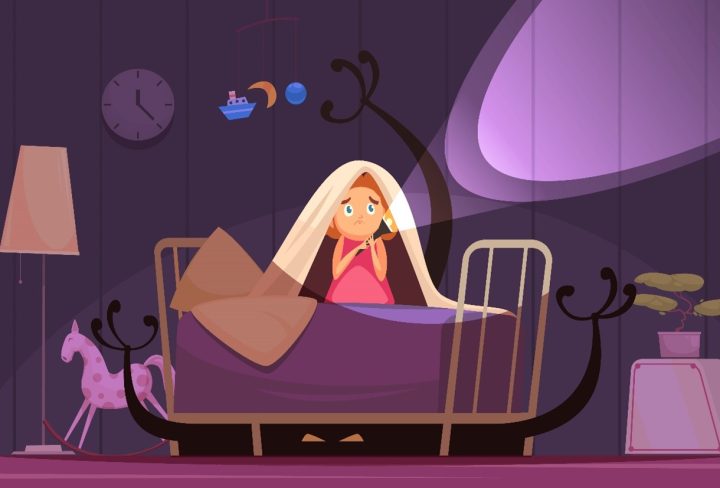Introduction:
It can be distressing to witness your child experiencing nightmares or night terrors during their sleep. While these occurrences are relatively common in children, they can cause anxiety for both parents and their little ones. In this blog, we will explore the differences between nightmares and night terrors, provide practical steps to help your child cope, and discuss when it may be necessary to seek professional assistance from your pediatrician.
What are Nightmares?
Nightmares are vivid, frightening dreams that wake a child during the night and make it challenging for them to return to sleep. Typically occurring during the latter half of their sleep cycle, nightmares are more likely to be remembered by the child, allowing them to communicate the content of their unsettling dreams. These nightmares often relate to their personal struggles or fears, such as separation anxiety, monsters, or real-life dangers.
Responding to Your Child’s Nightmares
When your child has a nightmare, it is essential to respond quickly to help them calm down and feel safe. Assure them that the dream was not real and that you are there to protect them. Sitting with your child and providing comfort can go a long way in helping them settle back to sleep. If their room environment is contributing to their fear, make adjustments like removing scary objects or using a dim night light. Offering to leave the door open can also provide a sense of security.
Understanding Night Terrors
Night terrors differ from nightmares in that the child is not fully awake during the episode and cannot recall the experience the next day. These episodes usually occur earlier in the night during deep sleep. Children experiencing night terrors may cry uncontrollably, yell, kick, and appear anxious or dazed. They may even mistake people or objects in their room as something threatening.
Coping with Night Terrors
During a night terror, it is essential not to attempt to wake up your child, as it can worsen their agitation and prolong the episode. Instead, stay with them to ensure their safety if they get out of bed. Speak to your child calmly and soothingly, but avoid physical touch, as it may increase their agitation. Taking preventive measures can also help reduce the frequency of night terrors, such as ensuring your child gets enough sleep, maintaining a comfortable room temperature, and avoiding overheating.
When to Seek Professional Help
For most children, nightmares and night terrors are occasional and not a cause for concern. However, if these incidents intensify, disrupt their daily life, or are connected to trauma, fears, or anxieties, it may be necessary to seek professional help. A pediatrician can assess if there are underlying issues that require counseling or medical intervention. Additionally, frequent night terrors might indicate an underlying sleep disorder or other medical condition that should be addressed promptly.
Conclusion:
Understanding nightmares and night terrors in children can help parents respond appropriately and provide support to their little ones during these unsettling experiences. While most occurrences are harmless and a natural part of a child’s development, it is crucial to be vigilant and seek professional help if needed. Following the tips mentioned in this blog and consulting your pediatrician can help your child overcome these sleep issues and ensure they feel safe and comforted during the night.

